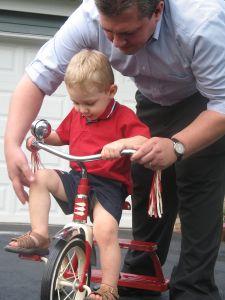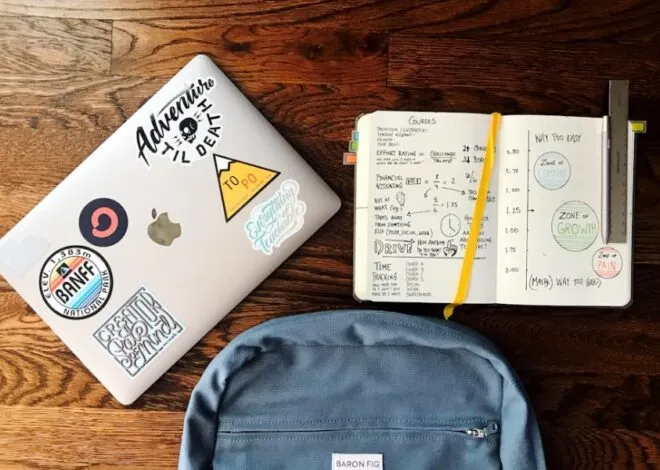Providing daily physical activity for your toddler is an important part of helping him meet development milestones. The National Association for Sport and Physical Education says toddlers should be involved in structured physical activities for at least 30 minutes daily and that this activity can be spread throughout the day. By playing the following games and activities with him, you will be encouraging his motor skills and creating memories together.
Play Ball
Most toddlers love to play ball, and ball games are a way to increase physical activity and coordination. Between 1 and 2 years of age, your toddler will be able to both throw and kick a ball. When your baby is about 1 year old, you can expose him to a ball by rolling it back and forth on the floor. Once your baby is walking well, stand close to your toddler and gently toss a ball to him. Use a small, soft ball or beanbag so his hands can easily hold the ball. When your child is about 18 months old, show him how to kick a rubber kickball to you. Once he is proficient, set up a large goal and have him kick it into the goal.
Freeze Dance
During the toddler years, children learn to control their bodies and movements. This fun game helps them become more aware of their bodies and provides exercise for the whole family. Turn on lively music that your toddler likes and dance together. After a few minutes, have another family member turn off the music so that everyone has to freeze their bodies. When the music begins, you and your toddler can start dancing again. Most toddlers love this game and like to play it repeatedly.
Climbing Up and Down Stairs
Another important physical milestone is learning to climb stairs. Once your child is walking well, begin teaching him how to walk up and down stairs. Always supervise your toddler on the stairs and keep all stairs gated off when you are not watching your child.
Find a set of two to three stairs and show your child how to hold the rail while walking up the stairs. Have your child imitate your movements as you walk next to him. Explain that you need to pick your foot up high when you step to the next stair. When your child understands the concept and is proficient at a few stairs, you can help him learn to walk up a full set of stairs.
Because learning to climb down stairs can be harder for a toddler, first show him how to go backward on his stomach down the stairs. When he becomes comfortable walking up the stairs, show him how to walk down the stairs. Be sure that he holds onto the railing carefully. When he is learning to walk down, be sure to stand a few steps in front of him so that you can catch him if he slips.
Simon Says
To help increase your toddler’s coordination and ability to imitate movements, play a game of Simon Says. In this version, the goal is to imitate all of Simon’s movements, but you do not need to say “Simon says.” Stand across from your child and perform a movement, such as hopping or putting your hands on your head. Have your child imitate your movement. When your child is successful, perform another action, such as turning around or doing a jumping jack, for your child to copy. Your child can also be Simon and create movements for you to imitate.
Obstacle Course
A fun way to combine all of the physical skills that your child has recently learned is to create an obstacle course. If the weather is nice, you can set up a course outside. This is also a good rainy-day activity to do inside. Set up three or four tasks for your child to complete in order, such as running in a circle, crawling through a tunnel or jumping over a small pillow. Show your child how to complete the obstacle course and then have him do it. Once your child masters the activities, you can either change the order or add new games to the course.
Playing with Riding Toys
Once your toddler is walking well, give him a riding toy that he has to push with his feet. The Little Tykes Cozy Coupe is a popular with both parents and kids. Show him how to move his feet to make the toy move. When he is close to 2, you can move to a small tricycle. Many tricycles have a handle on the back so parents can push their toddlers while they are learning how to move the peddles.





